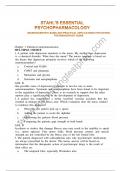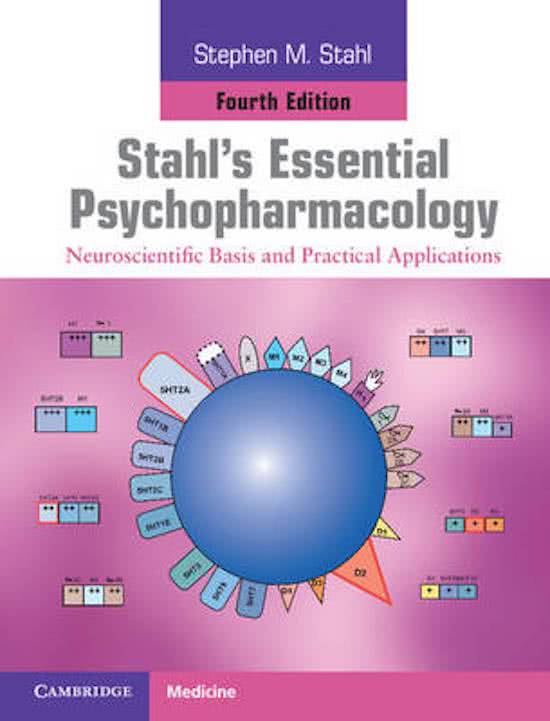Exam (elaborations)
HSTAHL'S ESSENTIAL PSYCOPHARMACOLOGY NEUROSCIENTIFIC BASIS AND PRACTICAL APPLICATIONS 5TH EDITION TESTBANK/STUDY GUIDE
HSTAHL'S ESSENTIAL PSYCOPHARMACOLOGY
NEUROSCIENTIFIC BASIS AND PRACTICAL APPLICATIONS 5TH EDITION TESTBANK/STUDY GUIDE
[Show more]
Preview 4 out of 144 pages
Uploaded on
September 10, 2024
Number of pages
144
Written in
2024/2025
Type
Exam (elaborations)
Contains
Questions & answers
Institution
PSY 586
Course
PSY 586
$15.19
100% satisfaction guarantee
Immediately available after payment
Both online and in PDF
No strings attached
Chapter c1 cChemical cneurotransmission





